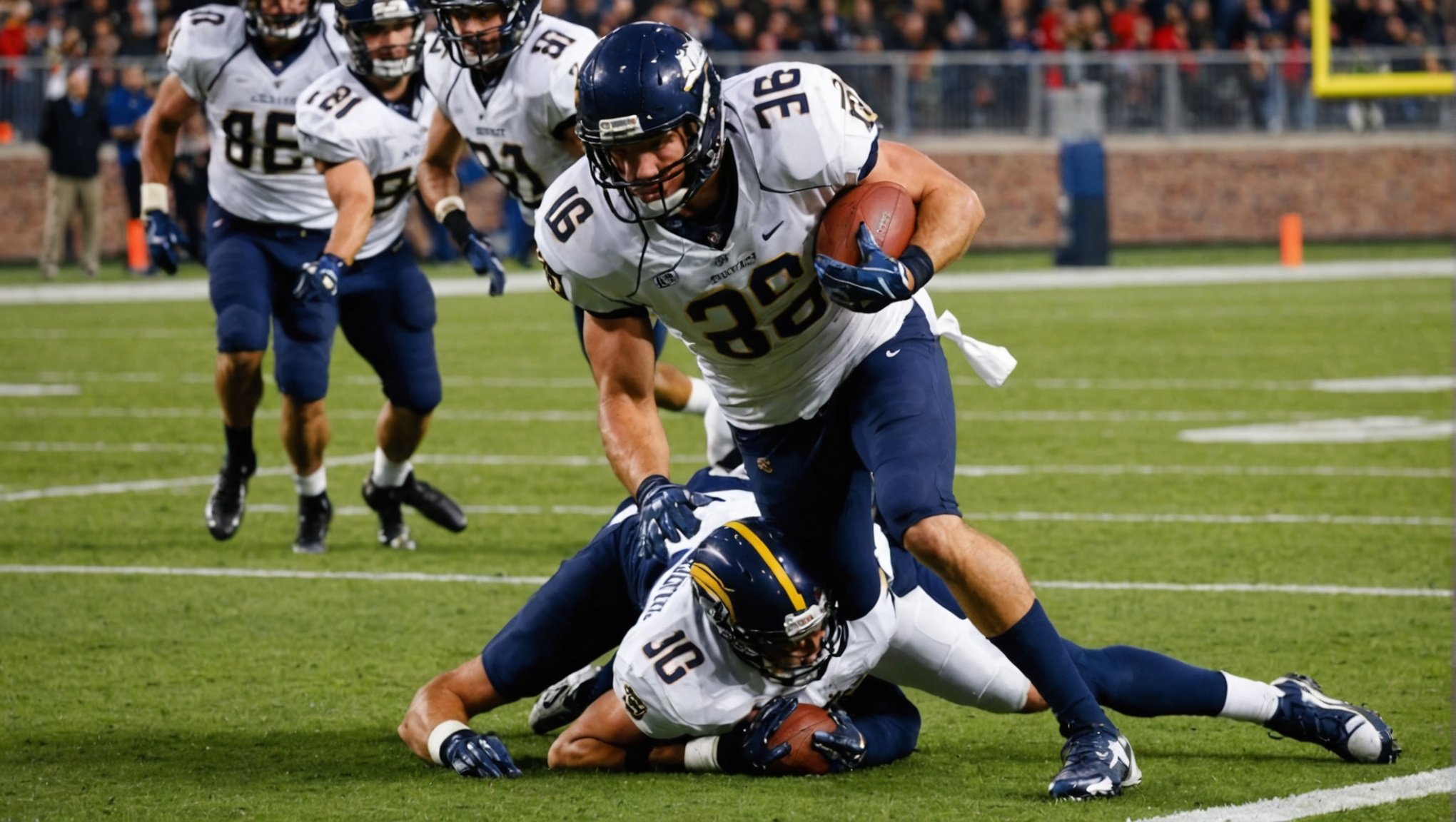As football players age, recovery strategies become vital for maintaining performance and preventing injuries. Simply relying on traditional methods may not suffice. Incorporating tailored techniques can optimize recovery times, enhance physical resilience, and support overall well-being. This guide highlights effective strategies specifically for players aged 30 and above, ensuring a sustainable approach to staying competitive on the field, while acknowledging the unique challenges that come with aging. Discover how to elevate your post-game routine to perform at your best—today and in the future.
Understanding Post-Game Recovery for Older Football Players
As football players age, particularly those aged 30 and above, the importance of post-game recovery becomes increasingly significant. This recovery is crucial in maintaining athletic performance and prolonging careers. Older athletes face unique physiological changes that impact their recovery processes.
Physiological Changes in Older Athletes
With age, players experience a natural decline in muscle mass and flexibility, which can lead to slower recovery times. Additionally, the body's ability to repair and regenerate tissues diminishes, making post-game recovery even more essential for older athletes.
Common Recovery Challenges
Older football players often encounter specific challenges in their recovery strategies. These include:
This might interest you : Overcoming Language Barriers: Strategies for Football Coaches Leading Multicultural Teams
- Increased susceptibility to injuries due to decreased bone density and joint flexibility.
- Prolonged muscle soreness and fatigue, which can delay their return to peak performance.
- The necessity for more extended periods of rest and targeted recovery techniques.
Effective Recovery Strategies
To combat these challenges, older athletes should focus on tailored recovery strategies. This can include incorporating stretching routines, engaging in low-impact exercises, and utilising modern recovery technologies. By prioritising effective football recovery strategies, older players can enhance their performance and reduce the risk of injury, ensuring a longer and healthier sporting career.
Effective Recovery Techniques
Recovery techniques are paramount for older football players aiming for injury prevention and performance enhancement. Implementing a combination of methods can significantly aid in their post-game recuperation.
Active Recovery Methods
Engaging in low-intensity activities post-game can be highly beneficial. These activities, such as walking, cycling, or swimming, promote blood circulation, aiding in the removal of metabolic waste and reducing muscle soreness. For older athletes, these activities can be tailored to accommodate any joint or muscle limitations, ensuring they remain gentle yet effective.
Sleep and Rest Protocols
Quality sleep is crucial for the body's recovery processes. It is during sleep that the body repairs tissues and regenerates cells. Older athletes should aim for 7-9 hours of sleep per night and incorporate regular rest periods into their routines. Power naps and relaxation techniques can also enhance recovery, providing the body with much-needed downtime.
Ice and Heat Therapy
Ice baths and heat therapy are popular recovery techniques. Ice baths help reduce inflammation and numb sore tissues, while heat therapy relaxes muscles and improves flexibility. To apply these therapies effectively, athletes should alternate between them, ensuring they do not exceed 20 minutes per session to prevent skin damage.
Nutritional Strategies for Recovery
For older football players, nutrition for recovery is a critical component of their post-game regimen. Proper dietary habits can significantly enhance recovery and performance, addressing the unique needs of aging athletes.
Key Nutrients Essential for Recovery
Older athletes should prioritise a diet rich in proteins, carbohydrates, and healthy fats. Proteins aid in muscle repair, while carbohydrates replenish glycogen stores depleted during games. Healthy fats support joint health and reduce inflammation. Vitamins and minerals, such as vitamin D and calcium, are also vital for maintaining bone density.
Timing of Meals and Snacks
The timing of meals and snacks is crucial for optimal recovery. Consuming a protein-rich snack within 30 minutes post-game can kickstart muscle repair. Follow this with a balanced meal containing carbohydrates and healthy fats within two hours to maximise recovery benefits. Consistent meal timing helps maintain energy levels and supports overall recovery.
Overview of Supplements Beneficial for Recovery
Supplements can further aid recovery. Omega-3 fatty acids reduce inflammation, while creatine supports muscle strength and recovery. Additionally, branch-chain amino acids (BCAAs) can decrease muscle soreness. However, supplements should complement a balanced diet and be used under professional guidance to ensure safety and efficacy.
Stretching and Mobility Exercises
For older football players, incorporating stretching and mobility exercises into their recovery routine is crucial. These practices not only enhance flexibility but also play a significant role in injury prevention.
Importance of Stretching for Older Athletes
Stretching is essential for maintaining flexibility, which is a key factor in preventing injuries. As players age, their muscles and joints naturally become stiffer, increasing the risk of strains and sprains. Regular stretching helps to counteract this stiffness, ensuring that muscles remain supple and responsive. Recommended post-game stretching routines should focus on major muscle groups, particularly those heavily used during play, such as the hamstrings, quadriceps, and calves. Holding each stretch for at least 30 seconds can maximise its benefits, promoting muscle relaxation and reducing soreness.
Mobility Work to Enhance Recovery
In addition to stretching, mobility exercises are vital for enhancing post-game recovery. These exercises improve joint range of motion and overall body coordination. For football players aged 30 and above, targeted mobility exercises, such as hip circles and ankle rotations, can be particularly beneficial. Incorporating practices like yoga or Pilates can further enhance recovery. These disciplines focus on controlled movements and deep stretching, helping to improve flexibility and reduce tension. By integrating these exercises into their routine, older athletes can maintain peak performance and extend their playing careers.
Real-Life Application and Testimonials
Understanding the real-world impact of recovery strategies can be incredibly insightful for older football players. Case studies provide concrete examples of how tailored recovery methods have been successfully implemented. For instance, a study involving a veteran footballer demonstrated significant improvement in performance and reduced injury rates after adopting a personalised recovery plan. This included a combination of stretching, nutrition, and rest protocols.
Testimonials from athletes further underscore the value of effective recovery techniques. One seasoned player shared how integrating mobility exercises and proper nutritional strategies transformed his post-game recuperation, allowing him to extend his career well into his late 30s. Such firsthand accounts highlight the practical benefits of these strategies.
Experts also weigh in on the long-term advantages of proper recovery practices. They emphasise that consistent application of these techniques not only enhances immediate performance but also contributes to prolonged athletic longevity. By prioritising recovery, older football players can maintain their competitive edge and enjoy a healthier, more sustainable sporting career. These insights, backed by real-life experiences, solidify the importance of targeted recovery strategies for aging athletes.













